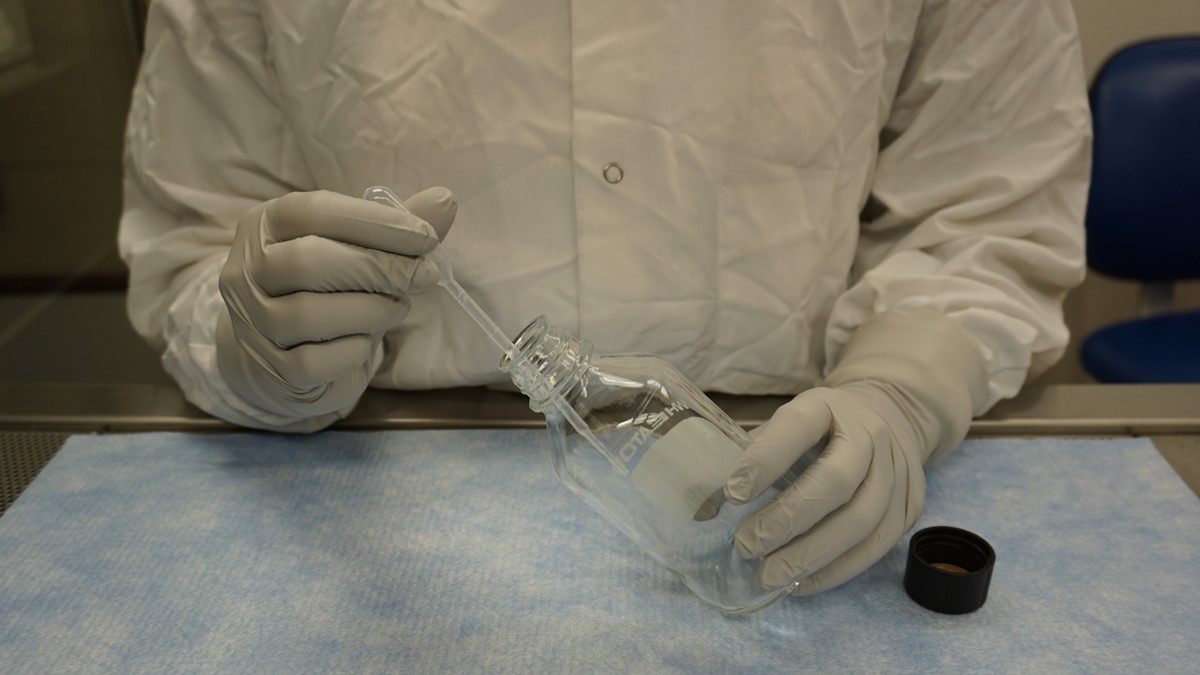What to know
- Insecticide resistance can occur in mosquito populations.
- Insecticide resistance is an overall reduction in the ability of an insecticide to kill mosquitoes.
- To delay or prevent the development of insecticide resistance in vector populations, integrated vector management programs should routinely conduct resistance testing.

About insecticide resistance
The use of insecticides to kill mosquitoes that spread viruses or parasites, such as dengue, West Nile, and malaria, is one part of an integrated mosquito management program. Different classes of insecticides can be used in various vector control approaches, including indoor, outdoor, or aerial spraying of insecticides or insecticide-treated mosquito nets.
Over time and repeated use, insecticide resistance can occur in mosquito populations. Insecticide resistance is an overall reduction in the ability of an insecticide to kill mosquitoes. This means that, when used as directed, a product no longer works, or only partially works. Insecticide resistance can be product specific, or it can develop to a certain class(es) of product.
In order to delay or prevent the development of insecticide resistance in vector populations, integrated vector management programs should include a resistance management component (Florida Coordinating Council on Mosquito Control 1998). Ideally, this should include annual monitoring of the status of resistance in target populations to:
- Provide baseline data for program planning and insecticide selection before the start of control operations.
- Detect resistance at an early stage so that timely management can be implemented.
- Continuously monitor the effect of control strategies on insecticide resistance.
How insecticide resistance is measured
Monitoring for resistance in the vector population is essential and is useful in determining the potential causes for control failures, should they occur. CDC has developed an assay to determine if a particular insecticide active ingredient is able to kill mosquito vectors. The technique, referred to as the CDC bottle bioassay, is simple, rapid, and economical compared with alternatives. The results can help guide the choice of insecticide used for spraying.
How the bottle bioassay works
Temporary program pause
- A bottle is coated with a known amount of insecticide (diagnostic dose).
- Then mosquitoes are put into the bottle and observed for 2 hours.
- Resistance is determined by the percentage of mosquitoes that die (mortality rate) at the pre-determined threshold time.
- The test should be run for the entire diagnostic time unless all mosquitoes have died earlier than this.
Bottle bioassay threshold times and amounts
CDC has determined bottle bioassay threshold times and diagnostic doses for numerous mosquito species against different insecticide active ingredients. The recommended testing conditions have been developed separately for use in the continental United States, U.S. territories, and freely associated states and for use globally (see appropriate manual listed below for your location). This is due to differences in mosquito populations and different goals of vector surveillance.
The concentrations and cut-off times can be used as a starting point for determining diagnostic doses and threshold times for additional species if susceptible colonies or populations are available. Once developed, the test can be routinely used for insecticide resistance testing.
Information for United States and U.S. territories
Programs in the continental United States, U.S. territories, and freely associated states can order free Insecticide Resistance Kits. Kits include bottles, insecticide, and manual.
- Send an email to CDC at USbottleassaykit@cdc.gov and request an order form.
- Detailed instructions: CONUS Manual for Evaluating Insecticide Resistance in Mosquitoes Using the CDC Bottle Bioassay Kit.
- Explore the Pesticide Resistance Monitoring Program.
Information for Aedes aegypti, Ae. albopictus, and four Culex species mosquitoes are provided for areas where these species may be co-circulating. Culex species mosquitoes are important vectors of other arboviruses such as West Nile virus, St. Louis encephalitis virus, and western equine encephalitis virus, which are endemic in the United States.
Information for global use
Institutions and programs can order a bottle bioassay kit or only insecticide active ingredients. Kits include bottles, insecticide active ingredients, manuals, and instructional video. Materials and shipping are offered free of charge.
- To order a bottle bioassay kit, contact CDC at bottleassay@cdc.gov.
- To order only insecticide active ingredients, send your request to bottleassay@cdc.gov.
- Detailed instructions: Global Manual for Evaluating Insecticide Resistance Using the CDC Bottle Bioassay
Resources
- Manual for CONUS use: CONUS Manual for Evaluating Insecticide Resistance in Mosquitoes Using the CDC Bottle Bioassay Kit (suggested citation: Centers for Disease Control and Prevention. Nov 2024. CONUS manual for evaluating insecticide resistance in mosquitoes using the CDC bottle bioassay kit.)
- Manual for global use: Global Manual for Evaluating Insecticide Resistance Using the CDC Bottle Bioassay (suggested citation: Centers for Disease Control and Prevention. March 2023. Global manual for evaluating insecticide resistance using the CDC bottle bioassay.)
- Hemme RR, Vizcaino L, Harris AF, et al. Rapid screening of Aedes aegypti mosquitoes for susceptibility to insecticides as part of Zika emergency response, Puerto Rico. Emerg Infect Dis. 2019;25(10):1959-1961.
- Scott ML, Hribar LJ, Leal AL, McAllister JC. Characterization of pyrethroid resistance mechanisms in Aedes aegypti from the Florida Keys. Am J Trop Med Hyg. 11 January 2021.
- Collection of videos on the following topics:
- Testing for resistance in larval mosquitoes – an overview (supplemental material)
- Sphaericus test and results
- Methoprene test and results
- Bti testing and results
- Spinosad testing and results
